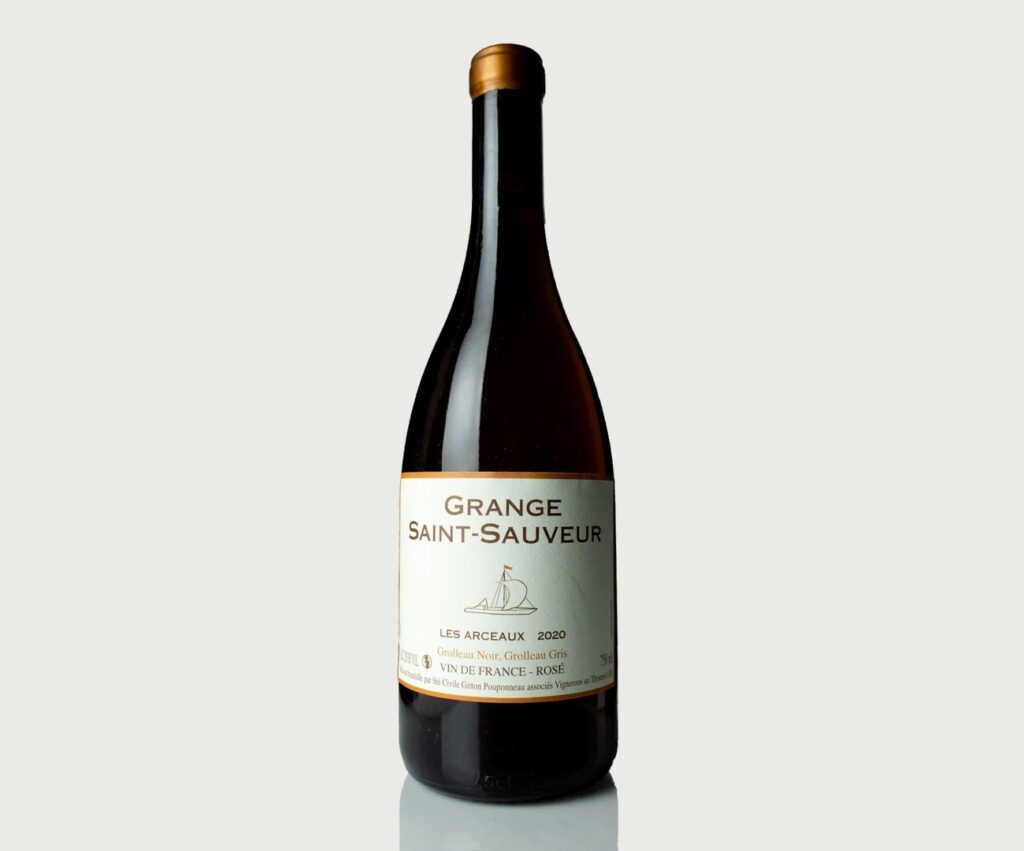
Rosé wines have grown in popularity, particularly in the UK, where a significant number of consumers now enjoy them in bars and restaurants. This surge in popularity has led to a broader acceptance of rosé wines as versatile options for food pairing.
A new article at Decanter highlights the main methods of making rosé wines and dispels the myth that the colour of a rosé indicates its sweetness or quality. It emphasises the gastronomic potential of darker rosé styles and provides a selection of 30 recommended rosé wines for summer enjoyment:
Grange Saint-Sauveur, Les Arceaux Rosé, Loire, France 2020
Château des Sarrins, Rosé Grand Cuvée, Côtes de Provence, France 2023
Le Soula, Rosé, Côtes Catalanes, Languedoc-Roussillon, France 2022
Neudorf Vineyards, Tiritiri Nelson Rosé, Upper Moutere, New Zealand 2023
Tenuta delle Terre Nere, Rosato, Etna, Sicily, Italy 2022
Walgate Wine Co, Rosé, England, United Kingdom 2022
Domaine Balansa, Pech de Rozies, Vin de France, Languedoc-Roussillon, France 2022
Domaine des Mapliers, Abacus, Côtes de Provence, France 2023
Judith Beck, Beck Pink, Burgenland, Austria 2023
Syfany, Just Rosé, Moravia, Czech Republic 2018
Antinori, Scalabrone Rosato, Bolgheri, Tuscany, Italy 2023
Craggy Range, Rosé, Gimblett Gravels, Hawke’s Bay, New Zealand 2023
Ovum Wines, PNK Salt, Dundee Hills, Oregon, USA 2023
Sierra Cantabria, Rosado, Rioja, Spain 2022
Te Whare Ra, SV Rosé, Wairau Valley, Marlborough, New Zealand 2023
Athlon, Assyrtiko-Syrah Rosé, Peloponnese, Greece 2023
Château d’Estoublon, Roseblood d’Estoublon, Coteaux Varois en Provence, France 2023
Domaine du Gros’ Noré, Bandol, Provence, France, 2022
Domaine Les Terres Promises, L’Apostrophe, Coteaux Varois en Provence, France 2023
Hervé Villemade, Rosé, Vin de France, Loire, France 2023
Domaine de Cala, Coteaux Varois en Provence, France 2023
Famille Perrin, Le Triangle d’Or Rosé, Luberon, Rhône, France 2023
Laurent Miquel, Alaina Rosé, Languedoc-Roussillon, France 2023
Max Sein Wein, Rosé, Baden, Germany 2021
Mirabeau, Pure, Côtes de Provence, Provence, France 2023
Sainsbury’s, Taste the Difference Île-de-Beauté Rosé, 2023
Waitrose, Loved & Found Aglianico Rosato, Puglia, Italy 2023
Woodfine Wine, Lost Vagus Rosé, England, United Kingdom 2023
Château Pas du Cerf, La Londe les Maures, Côtes de Provence, France 2023
Domaine Lafage, Miraflors Rosé, Côtes Catalanes, Languedoc-Roussillon, France 2023













